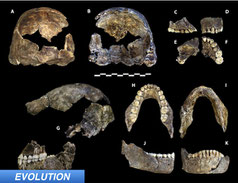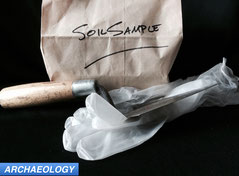
What’s happening in the world of zooarchaeology, you ask? Interesting things to be sure! For instance, researchers* have created a new method for identifying horses, donkeys and mules in the archaeological record. According to the study’s authors, donkeys were first domesticated between 5000 and 6000 years ago in Northeast Africa. Romans made the beasts popular and wrote extensively about how great donkeys were for hauling things about. Then someone decided to breed a donkey with a horse to get a mule which created a creature that was great at hauling things about over long distances. Mules and donkeys made it into the literature as being very important to the masses, but as Hanot et al. point out, finding mule and donkey bones in archaeological settings is rare. The team hypothesized that the dearth of bones was due in part to misidentification caused by the relatively few diagnostic skeletal markers available to distinguish mules and donkeys from other animals in the equus genus. As a result, many donkeys and hybrids are likely either misidentified or the entire assemblage is labeled “equus” with no species identification. To help separate the asinus from the caballus, the research team created a 3D coordinate system using “3D geometric morphometrics” on various bones within donkey, horse, and hybrid skeletons. The coordinate system provides more diagnostic markers for species identification. The group tested their new technique, found it has a maximum 97% success rate, and published their findings the Journal of Archaeological Science. So now researchers have a new set of tools they can use when identifying equus skeletal remains, which in turn will tell us all about the spread and use of these animals through time.
*Hanot, Pauline, Claude Guintard, Sebastien Lepetz (2017). “Identifying domestic horses, donkeys and hybrids from archaeological deposits: A 3D morphological investigation on skeletons” Journal of Archaeological Science. Vol. 78:88-98.



